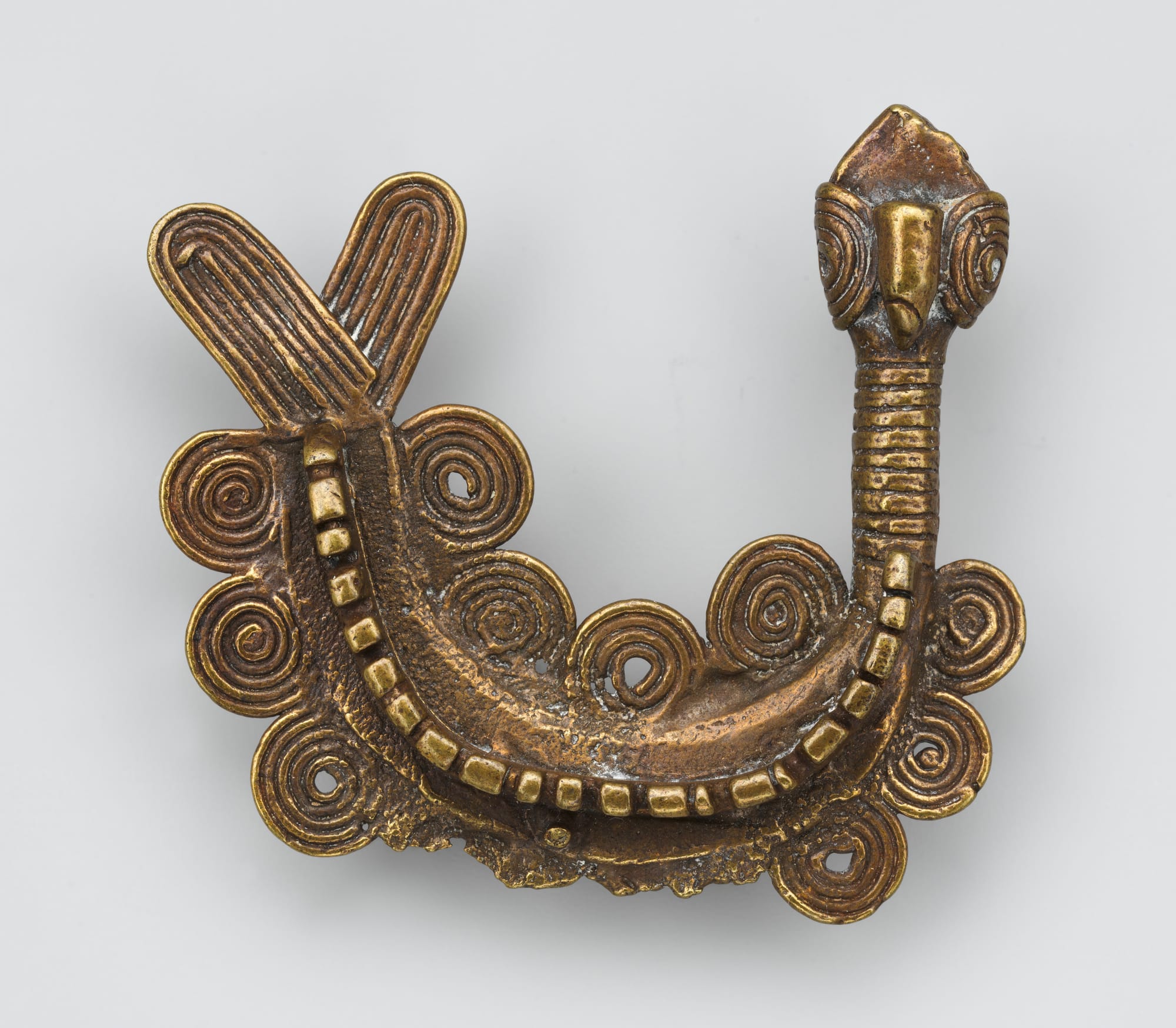Figurative wealth

This bronze figure is an example of a mrammuo, or gold weight, a tool developed by the gold traders of the Akan Kingdoms (present-day Ghana) to function as a “standard [unit] of measure” in the gold trade. So their function is practical, but their beautiful, intricately wrought forms also offer a window into the culture of the people who made and used them:
“While the earliest weights were cast in geometric forms that reflected the gold trade's intimate links to North African Islam, later examples displayed figurative imagery inspired by the great wealth of Akan proverbs.”
More:
- You can find more images of these beautiful artifacts in the Met's collection.
- This article also includes a few examples of Akan proverbs.
Meet the Appalachian Apple Hunter Who Rescued 1,000 ‘Lost’ Varieties
By Eric J. Wallace. Atlas Obscura.
This article is filled with charming descriptions of apples most people have never heard of. It also illustrates the way one chance encounter, maybe at a farmers market, can alter the course of a life.
“It upset me to learn about that,” says Brown. Two-hundred-fifty years of culinary culture had been squandered. “These were foods that people had once cared about deeply, that’d been central to their lives. It felt wrong to just let them die.”
More:
- Here's a similar story from the other side of the continent: Ten Apple Varieties Once Thought Extinct Rediscovered in Pacific Northwest.
- And, in case you missed it on your first read (like I did), here's a link to the USDA Pomological Watercolors.
VIDEO: Off the Staff: An experiment in visualizing notes from music scores
These videos (there are a bunch) are simple but mesmerizing. The end result is largely self-explanatory, but Rougeux offers a detailed explanation of their creation, including the software he used throughout the development process.